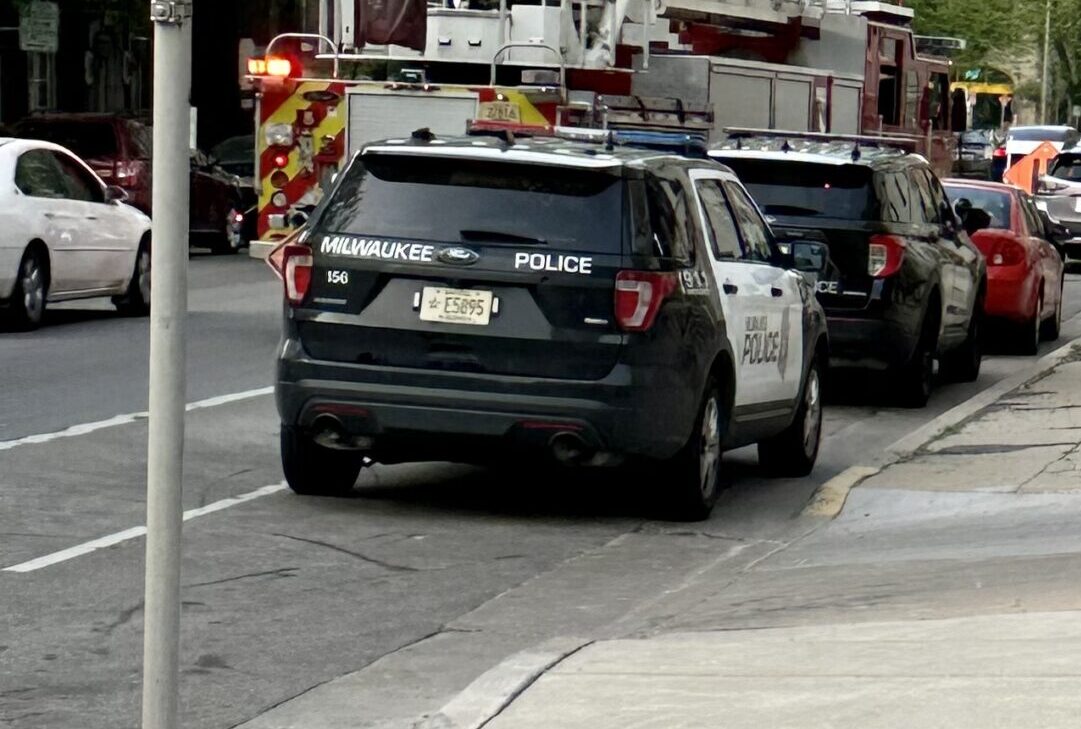Home Monitoring Case Analysis
By: dmc-admin//March 19, 2003//
The decision marks the death knell for “straight-time” sentences, in which circuit courts order that the sheriff not permit a defendant to serve his time on home monitoring.
As common as such orders are, the decision is not unexpected. As the court noted, it declined to address this issue in Eastman. However, it also added in dicta in that case, “we note that the language of sec. 302.425 appears to make the home detention alternative available to sheriffs in a broad range of custodial circumstances.” Eastman, 220 Wis.2d at 339, fn.5.
In addition, in the only unpublished decision to consider the issue, the court also held that circuit courts could not prohibit home monitoring. State v. Worden, 2000 WL 992246 (unpublished decision, July 20, 2000).
In another unpublished court of appeals decision, State v. Skavlen, 1997 WL 721569 (unpublished decision, Nov. 20, 1997), the court held that a sentencing court could order that a sentence be served in actual confinement, but the defendant failed to raise sec. 302.425 as an issue in that case.
| |
||
|
|
||
| |
||
While the decision only addresses jail time as a condition of probation, the logical conclusion is that it applies to both persons serving jail sentences and those held on cash bail, as well. Section 302.425 explicitly applies to “any person confined in jail who has been arrested for, charged with, convicted of or sentenced for a crime. (emphases added).”
Amazingly, even if a crime is so serious that a judge sets bail at $1 million or orders a defendant held without bail, the sheriff could release him to home monitoring, and be accountable to no authority save the voters.
Logically, the decision prohibits courts from ordering that sheriffs may not place defendants in a Huber facility, as well. Section 973.09(4) provides in relevant part, “In those counties with a Huber facility under sec. 303.09, the sheriff shall determine whether confinement under this subsection is to be in that facility or in the county jail.”
Given this grant of authority to the sheriff, and the reasoning in Schell’s case, it presumably would also violate the separation of powers doctrine for a court to impose straight-time, without Huber as an option.
– David Ziemer
Click here for Main Story.
David Ziemer can be reached by email.
Legal News
- Former Wisconsin college chancellor fired over porn career is fighting to keep his faculty post
- Pecker says he pledged to be Trump campaign’s ‘eyes and ears’ during 2016 race
- A conservative quest to limit diversity programs gains momentum in states
- Wisconsin prison inmate pleads not guilty to killing cellmate
- Waukesha man sentenced to 30 years for Sex Trafficking
- 12-year-old shot in Milwaukee Wednesday with ‘serious injuries’
- Milwaukee man convicted of laundering proceeds of business email compromise fraud schemes
- Giuliani, Meadows among 18 indicted in Arizona fake electors case
- Some State Bar diversity participants walk away from program
- Wisconsin court issues arrest warrant ‘in error’ for Minocqua Brewing owner
- Iranian nationals charged cyber campaign targeting U.S. Companies
- Facing mostly white juries, are Milwaukee County defendants of color truly judged by their peers?
WLJ People
- Power 30 Personal Injury Attorneys – Russell Nicolet
- Power 30 Personal Injury Attorneys – Benjamin Nicolet
- Power 30 Personal Injury Attorneys – Dustin T. Woehl
- Power 30 Personal Injury Attorneys – Katherine Metzger
- Power 30 Personal Injury Attorneys – Joseph Ryan
- Power 30 Personal Injury Attorneys – James M. Ryan
- Power 30 Personal Injury Attorneys – Dana Wachs
- Power 30 Personal Injury Attorneys – Mark L. Thomsen
- Power 30 Personal Injury Attorneys – Matthew Lein
- Power 30 Personal Injury Attorneys – Jeffrey A. Pitman
- Power 30 Personal Injury Attorneys – William Pemberton
- Power 30 Personal Injury Attorneys – Howard S. Sicula











